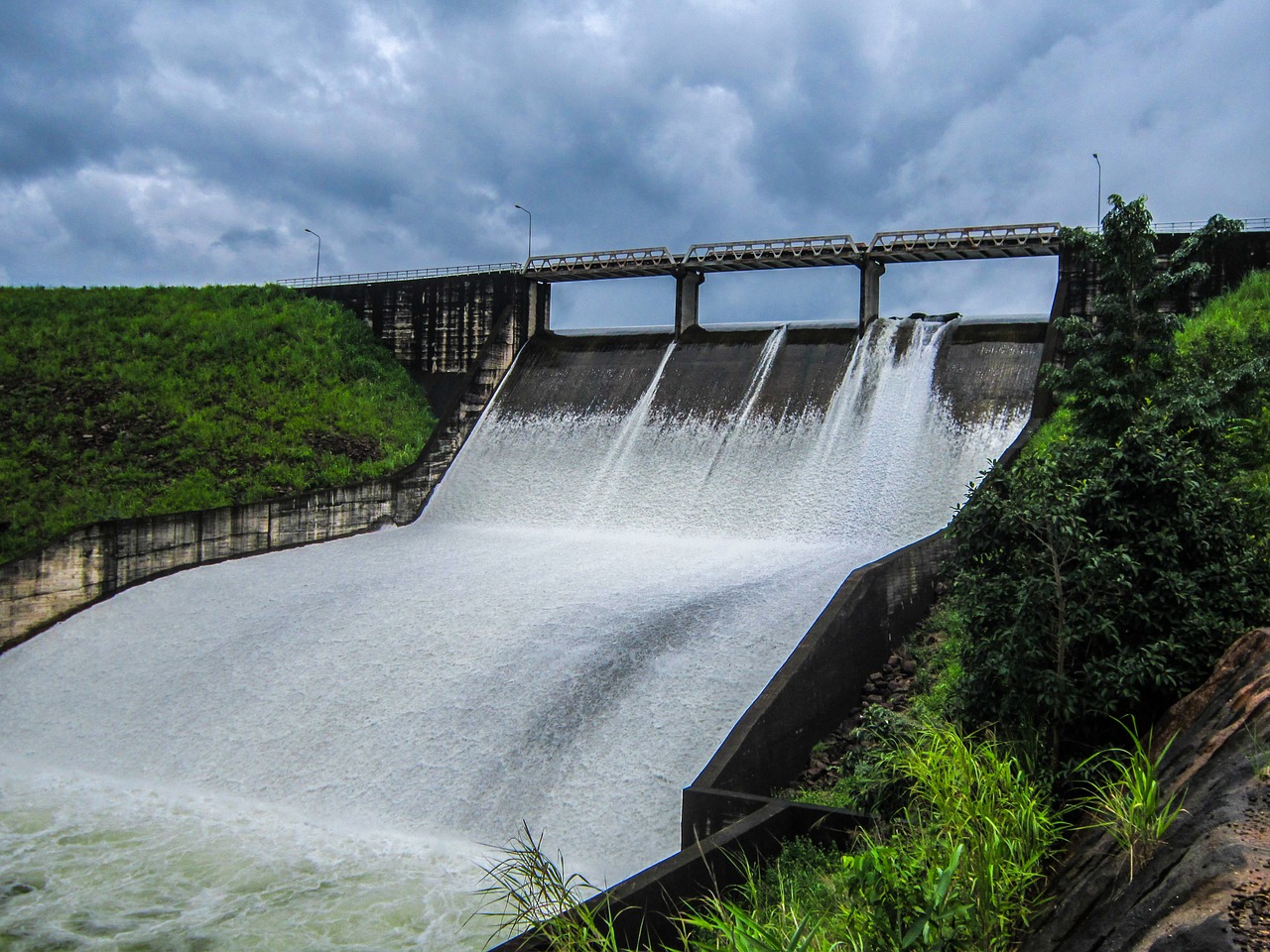
Energizing Growth in Clean Energy
Throughout the United States, local governments and independent investors have recognized the consistent growth in clean energy generation and sales. In 2019, wind power overtook hydropower as the most productive renewable energy source; wind farms generated enough electricity to power 4.2 million homes. Meanwhile, natural gas grew from 32 to 37 percent of the nation’s energy mix, playing an important role in replacing coal plants in 2019. The success of the clean electrical sector makes us more secure, and can be attributed to a combination of free market mechanisms and climate-friendly government policies.
The Free Market Favors Clean Energy
Historically, the US electricity market has been structured to protect domestic fossil fuel companies. Although it may have made sense to give a single utility company monopoly control over a region at one point, today these protections interfere with the growth of the clean energy sector, even in places where clean energy is cheaper to generate.
Renewable energy has fared well in recent decades, and dramatically so during the COVID-19 crisis. COVID-19 shut down parts of the US economy, reduced electricity demand for businesses, and therefore increased economic pressure on the changing energy sector. Yet, states remained committed to their climate-action legislation, clean energy thrived, and there was an acceleration of coal plant retirements. Forecasters suspect consumption of wind, solar, and hydropower will have increased by 7% internationally by the end of 2020, while overall energy demand is expected to decrease by 5%. Even more impressive, this growth occurred while the Trump administration relaxed several long standing environmental regulations, such as reporting rules for polluters, claiming to protect the economy during the COVID-19 crisis.
Nevertheless, policy intervention to remove protections on fossil fuels, retire fossil fuel plants, and promote battery storage research and development will be necessary to complete the clean electrical generation transition. Technological development in solar plus storage (“solar+”), for example, will make it easier for solar farms to compete with natural gas. Solar+ stores energy so solar farms can provide electricity in the evening–the time of day that electricity demand is highest and, until recently, natural gas has dominated.
States Embracing the Clean Energy Transition
Across the United States, 38 of 50 state governments have adopted some sort of renewable or broad clean energy goal; nine are broadly aiming to operate on 100% clean energy by 2050. Notably, the state of Vermont generated 99.9% of its in-state electricity from renewable sources in 2019. Nearly 50 hydroelectric plants and dams, utility-scale wind farms, and solar panels contribute to Vermont’s impressive in-state electricity net generation.
In 2016, Vermont released a comprehensive energy plan, which included a goal of meeting 90% of its population’s energy needs with renewable energy by 2050, with a focus on sectors like transportation that are lagging behind. Likewise, major utility companies in Vermont, such as Green Mountain Power (GMP) are stepping up to facilitate the transition. GMP is currently investing in home batteries, utility-scale Tesla Powerpack batteries, and carbon-reducing devices to maximize their customers’ use of stored, cost-efficient, clean energy during periods of high demand.
Clean Energy Expansion Supports National Security
Indeed, policymakers and corporate leaders play a key role in promoting innovation and cost-effectiveness in the transition to a clean electrical generation. On the one hand, the transition would benefit public health and strengthen human security in the US, as fossil fuel plants release sulfur dioxides and nitrogen oxides into the air that threaten respiratory health. Recently, Texas retired several coal and gas plants, accounting for about 20% of 2019’s national sulfur dioxide atmospheric reductions. The Natural Resources Defense Council (NRDC) estimates that these reduced pollution levels prevented 118 premature deaths, 3,900 asthma attacks in children, and 2,700 other respiratory events in Texas.
On the other hand, a clean energy transition would help slow the progression of global climate change and strengthen national security. At its current pace, climate change is accelerating coastal sea level rise, making natural disasters more frequent and extreme, and acting as a threat-multiplier in fragile states. Investment in climate action now is necessary to prevent long-term spending on recovery efforts and military intervention abroad.
ASP has written extensively on the intersection of clean energy and national security. Recent publications focus on the security implications of President-Elect Biden’s climate action plan, the climate feedback loops prompted by global warming, and the opportunity to eliminate fossil fuel subsidies.





